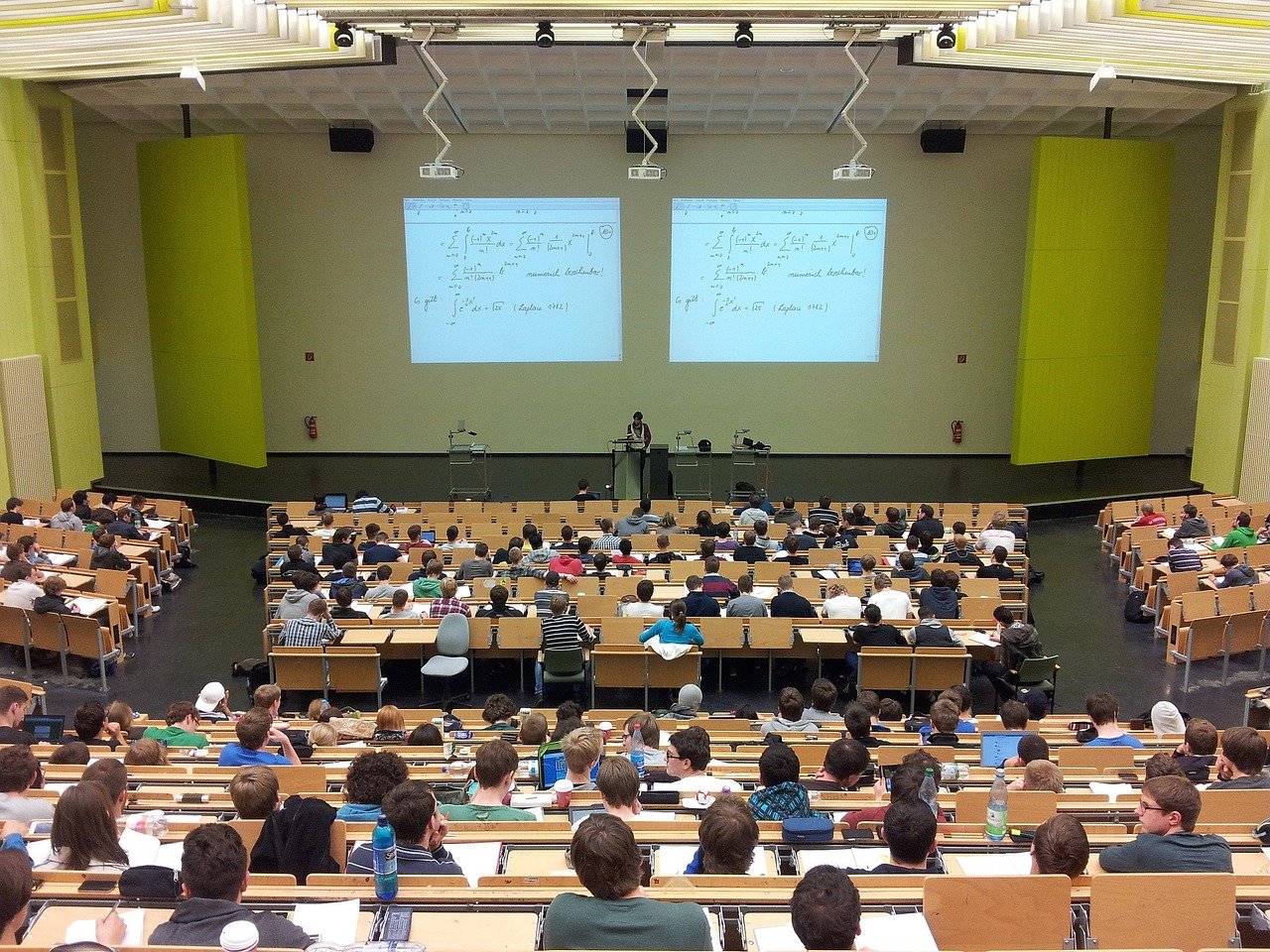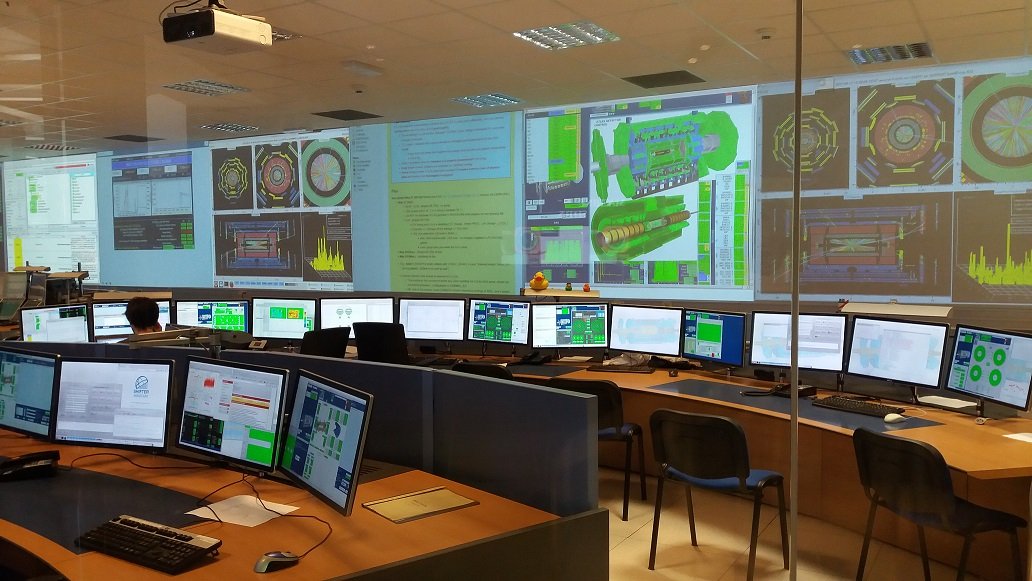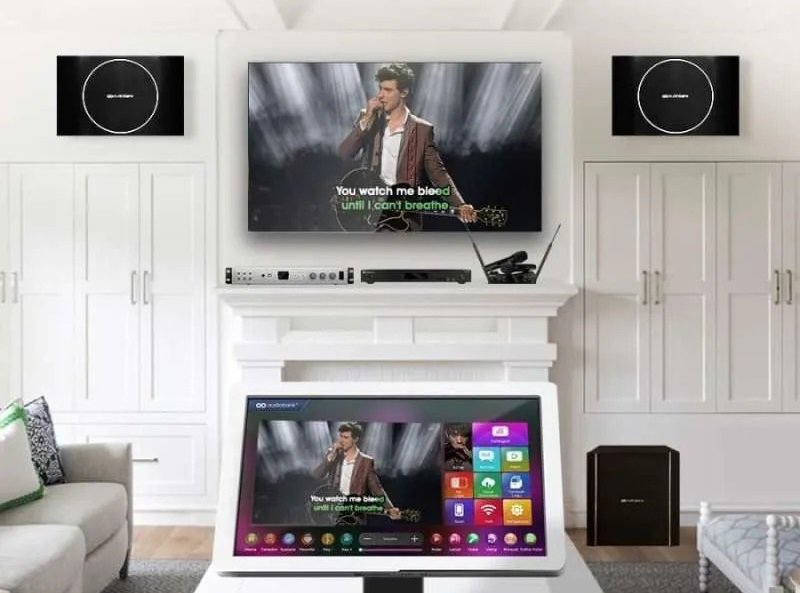An offline digital ad agency business refers to a company or agency that specializes in providing advertising services through digital signage placed in physical locations. Unlike online advertising, which is delivered through internet platforms, offline digital advertising relies on the use of physical screens or displays placed in various venues such as shopping malls, airports, restaurants, stadiums, and other public spaces.
In an offline digital ad agency business, the agency typically installs and manages the digital signage infrastructure in multiple locations. This infrastructure includes screens, media players, content management systems, and connectivity solutions. The agency then sells advertising spots or time slots on these digital displays to advertisers who want to reach the target audience present in those locations.
The agency’s role involves striking deals with venue owners or management to secure prime locations for the digital signage. They may negotiate agreements based on revenue sharing or fixed rental fees. Additionally, the agency handles the content creation, scheduling, and management of advertisements displayed on the digital signage. They may have a creative team that designs and produces compelling ad content, tailored to the specific needs and preferences of the target audience in each location.
The main objective of an offline digital ad agency business is to provide advertisers with a unique and impactful medium to promote their products, services, or brands. By leveraging digital signage in physical spaces, advertisers can capture the attention of people who are present at those locations, creating opportunities for increased brand exposure, customer engagement, and potentially driving sales.
Overall, an offline digital ad agency business combines the power of digital technology with physical advertising spaces to deliver targeted and engaging advertisements to a captive audience.







